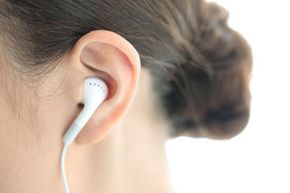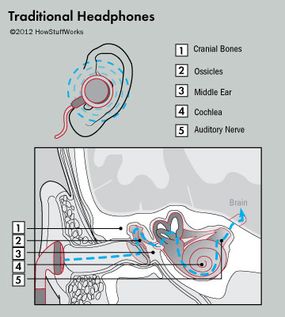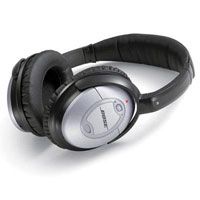"Let the rhythm pound!" the hiphop group Black Eyed Peas implore in a song titled "Play It Loud." And if you like pop music, chances are you'd like to listen to it that way -- loud. But whenever you crank up the volume on your portable MP3 player and shove those little buds into your ears, you're exposing yourself to sound levels as high as 120 decibels -- a level that's comparable in intensity to a jet engine [source: Science Daily]. And you may well be paying a high price for your pleasure. A study published in 2010 in Journal of the American Medical Association found that nearly one in five U.S. teenagers already has some degree of hearing loss, probably as a result of listening to loud music while wearing those buds [source: Ostrow].
But if you think you'll never again be able to listen to your favorite Foo Fighters or U2 songs while jogging, don't despair. What if you had a way to listen to music on a portable player without putting anything in your ears? As it turns out, it can be done. All you need is a set of bone-conducting headphones, a gadget designed to transmit sound directly to the innermost part of the ear that sends nerve impulses to the brain -- even while bypassing portions of the ear. Folks call these magical devices "bonephones."
Advertisement





